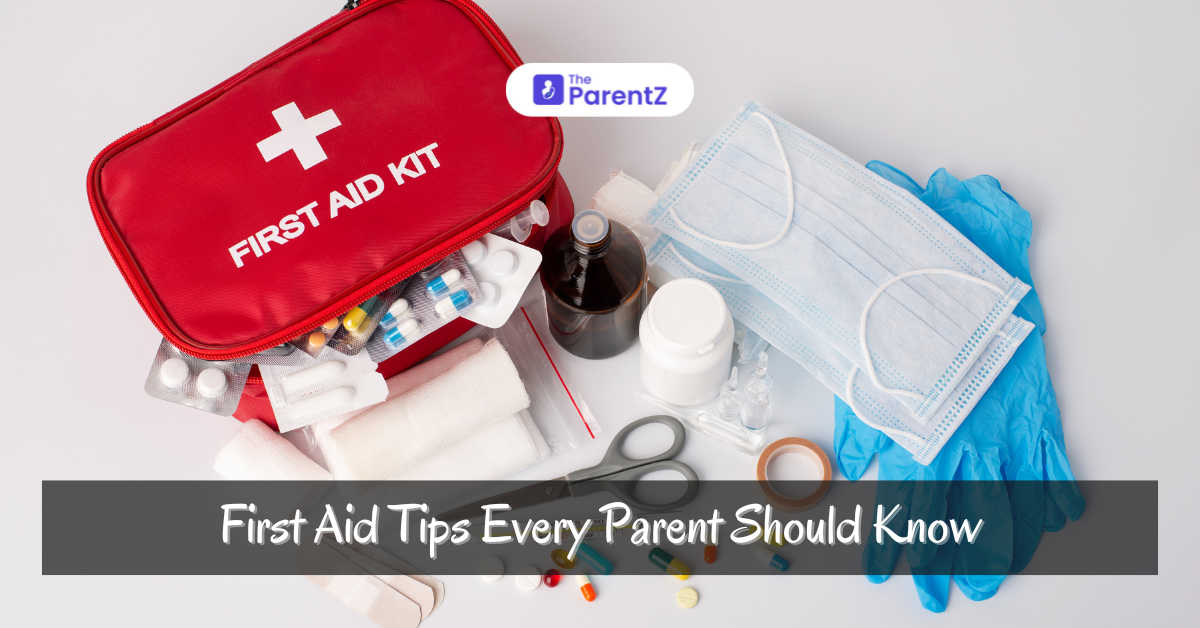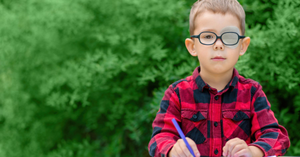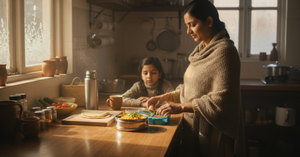As a new parent, the journey of caring for your little one is filled with joy, wonder, and a fair share of challenges. One of the most daunting aspects of parenting is the responsibility of ensuring your child's safety. Accidents usually take place in the blink of an eye, and being prepared with first aid knowledge can make all the difference. Understanding how to respond to emergencies can not only alleviate your fears but also empower you to act confidently when it matters most. Here are essential first-aid tips every parent should know, focusing on first aid for kids.
Understanding the Basics of First Aid
Before diving into specific scenarios, it's crucial to grasp the fundamental principles of first aid. This understanding is not just a skill, but a powerful tool that can seriously impact the outcome of an emergency. The primary goals are to ensure the environment's safety, comfort the child, provide appropriate treatment, and recognize when to seek professional medical help. Familiarizing yourself with these principles can make you feel more knowledgeable and prepared, giving you the confidence to act effectively in an emergency.
First Aid Tips for Kids
Here are some essential tips for first aid for kids that every parent should know:
Choking in Infants
Choking is a common medical emergency in infants and young children. For infants under one year old, the back thrust technique is effective. Hold the baby face down on your forearm, supporting its head, and deliver five sharp back blows between the shoulder blades. This helps dislodge the object causing the blockage.
For older children, the Heimlich maneuver is appropriate. Stand behind the child, place your arms around their waist, and make a fist just above their navel. With your other hand, grasp your fist and thrust inward and upward, repeating this until the obstruction is cleared or help arrives.
CPR for Children
Cardiopulmonary resuscitation (CPR) is a vital skill every parent should master. If a child is unresponsive and not breathing, begin CPR immediately. For children, place one hand on the center of their chest and push down hard and fast at a rate of 100-120 compressions per minute. After every 30 compressions, give two rescue breaths by tilting the child's head back slightly, pinching the nose, and sealing your lips over their mouth. Continue this cycle until emergency assistance arrives or the child starts breathing.
Managing Nosebleeds
Nosebleeds are common in children, often caused by dry air or minor injuries. To manage a nosebleed, have your child sit upright and tilt slightly ahead to prevent swallowing blood. Pinch the soft part of their nose and hold it for about 10 minutes. If the bleeding doesn't stop after this, seek medical assistance.
Treating Minor Cuts and Scrapes
Kids are prone to minor injuries, so you should know how to treat cuts and scrapes. First, wash your hands thoroughly, then clean the wound with mild soap and water. After this:
- Use an antibiotic ointment and cover it with a sterile bandage.
- Observe the wound for symptoms of infection, such as increased redness, swelling, or pus.
- If the cut is deep or bleeding heavily, seek medical help immediately.
Managing Allergic Reactions
If your child has a known allergy, be prepared to act quickly in case of an allergic reaction. Mild reactions may include hives or itching, which can often be treated with antihistamines. However, if your child experiences difficulty breathing, swelling of the face or throat, or a fast heartbeat, use an epinephrine auto-injector if available and call emergency services immediately.
Recognizing When to Seek Help
As a parent, you must know when to seek medical help. Signs that require immediate attention include:
- Severe burns or deep wounds
- Difficulty breathing or persistent coughing
- Unresponsiveness or seizures
- Severe allergic reactions
In these situations, do not hesitate to call for emergency assistance. Quick action can significantly improve outcomes.
Preparing Your First Aid Kit
Having a well-stocked first aid kit at home is essential. Your kit should include:
- Adhesive bandages in various sizes
- Sterile gauze pads and adhesive tape
- Antiseptic wipes and antibiotic ointment
- Tweezers and scissors
- A digital thermometer
- Pain relievers suitable for children
- An emergency contact list, including your pediatrician's number
Regularly check and replenish your kit to ensure you have everything you need in an emergency.
Conclusion
Equipping yourself with first aid knowledge is a vital part of responsible parenting. By learning these essential tips of first aid for kids, you can respond effectively in emergencies, ensuring your child's safety and well-being. Remember, accidents are a part of childhood, but being prepared can provide peace of mind and the ability to act swiftly when it matters most. Consider enrolling in a first aid course to refresh your skills and stay updated on best practices. Your first-aid preparation can make a huge difference in your child's life.








Be the first one to comment on this story.